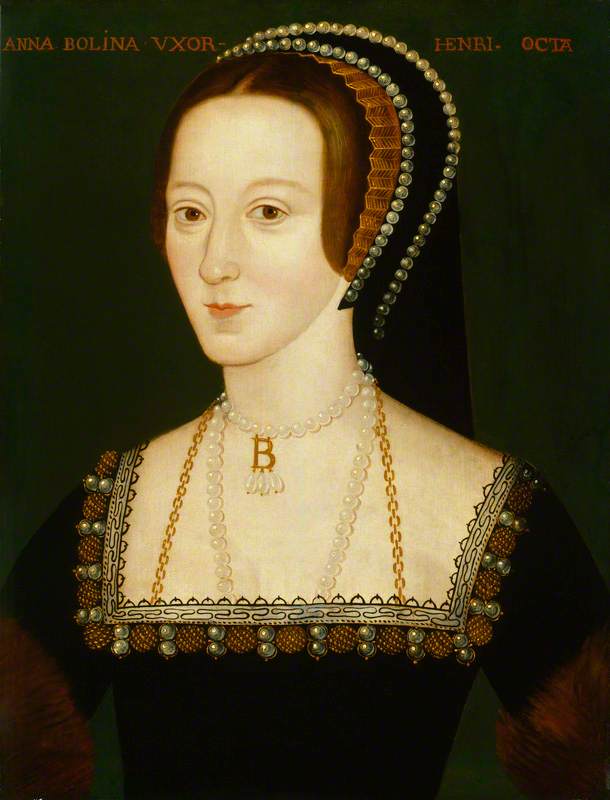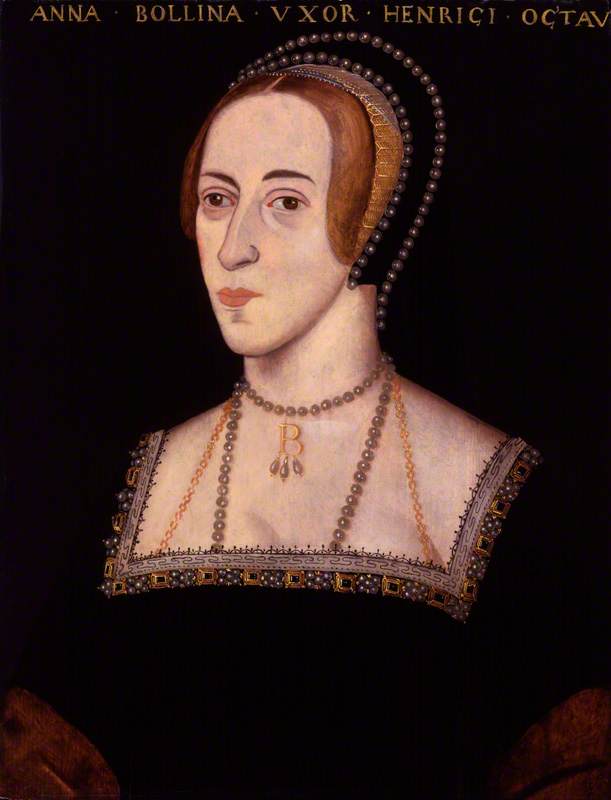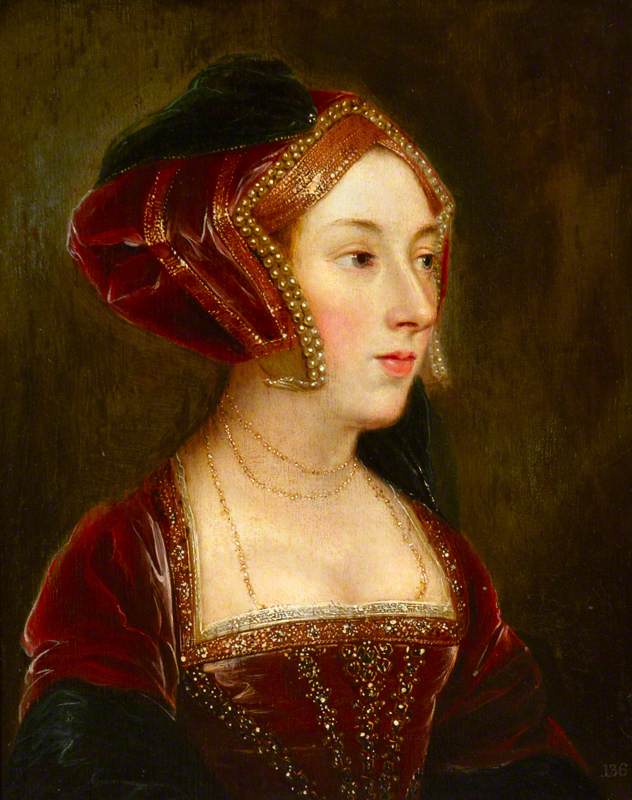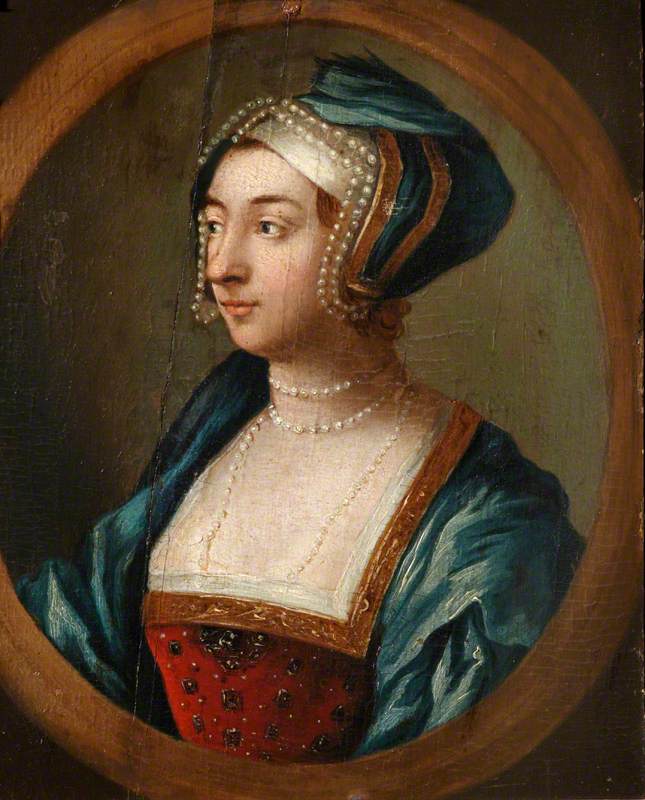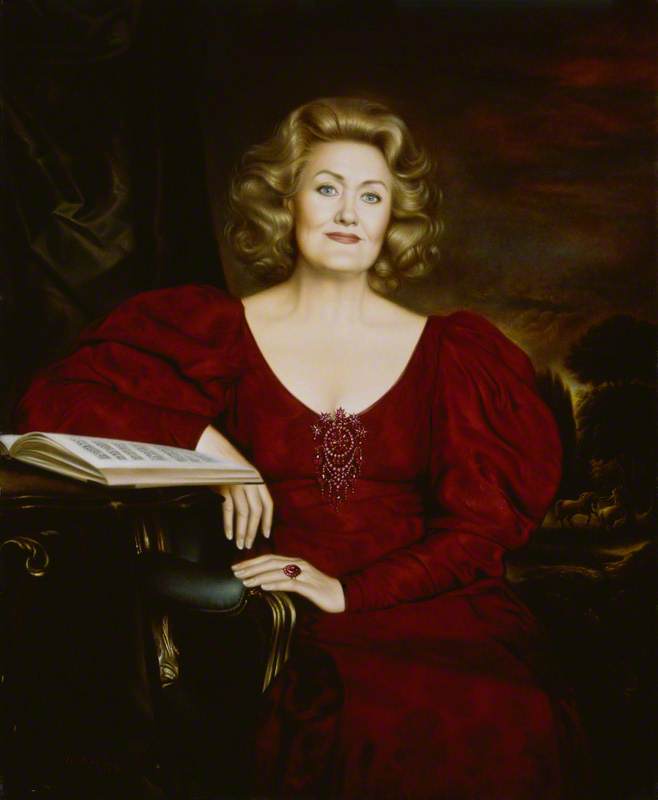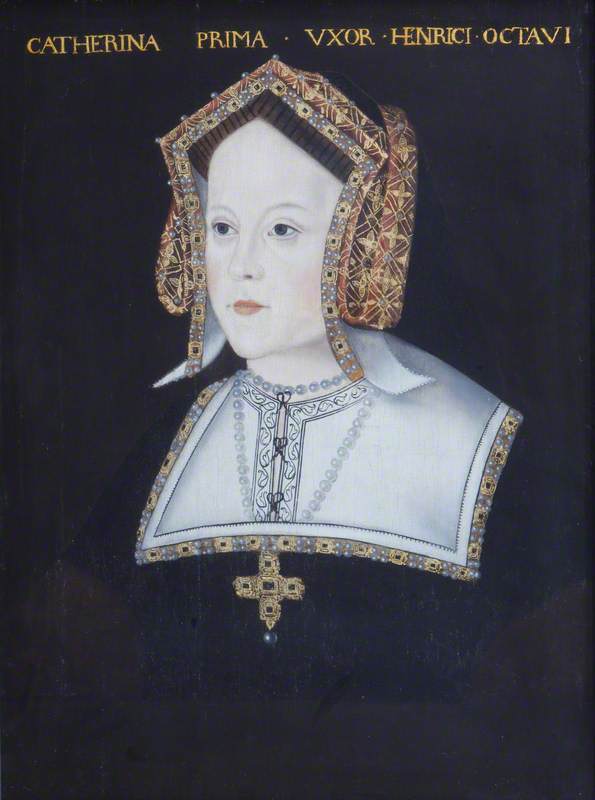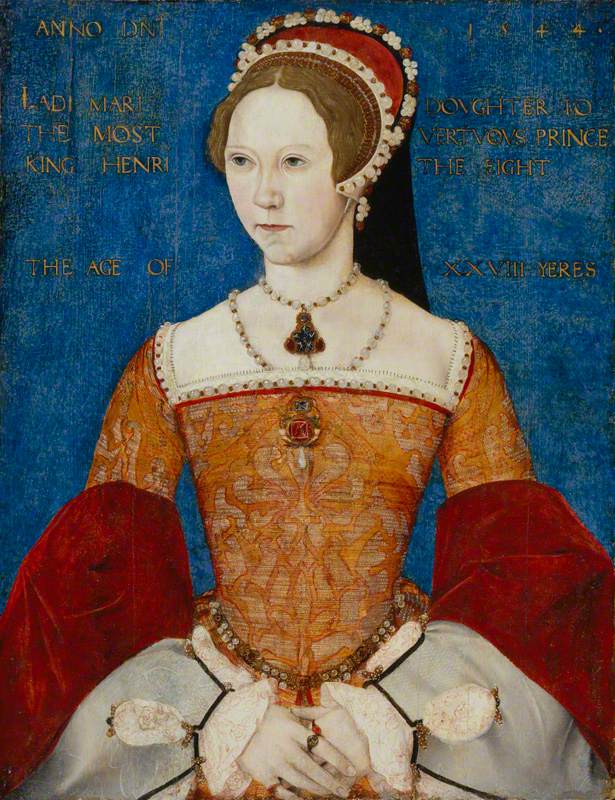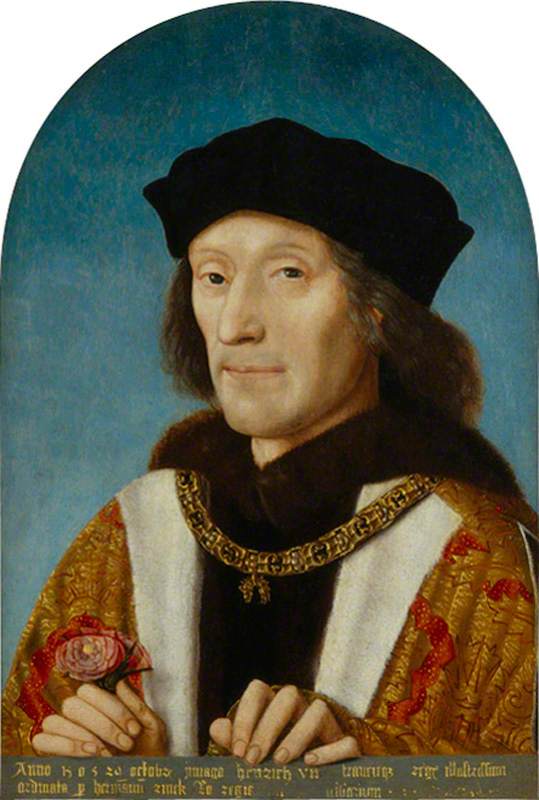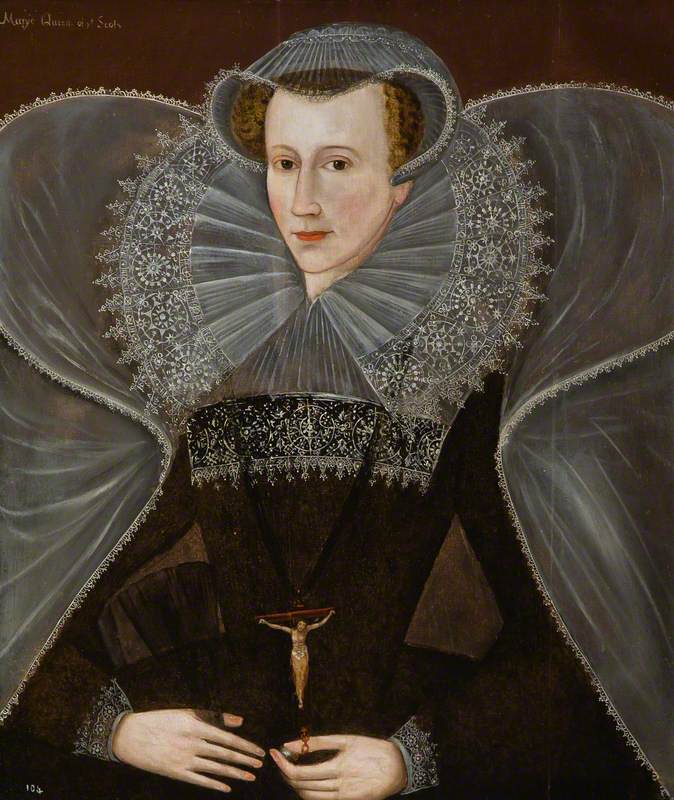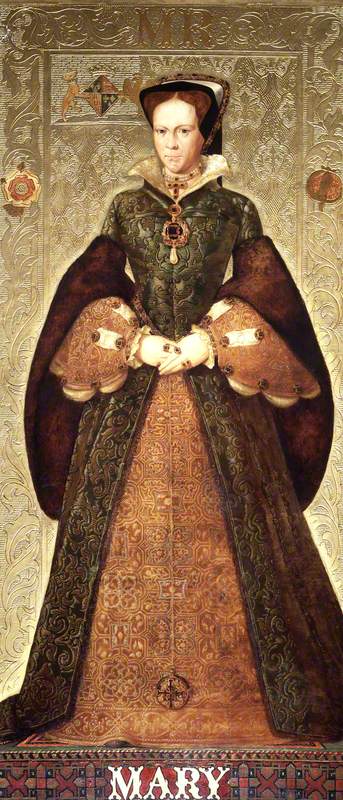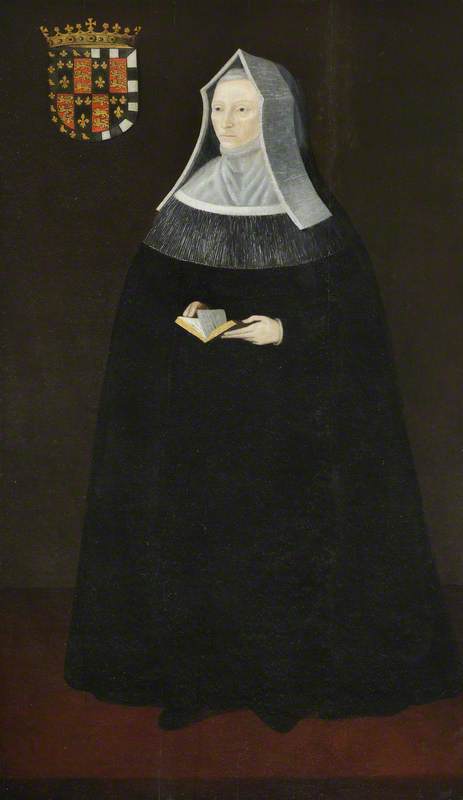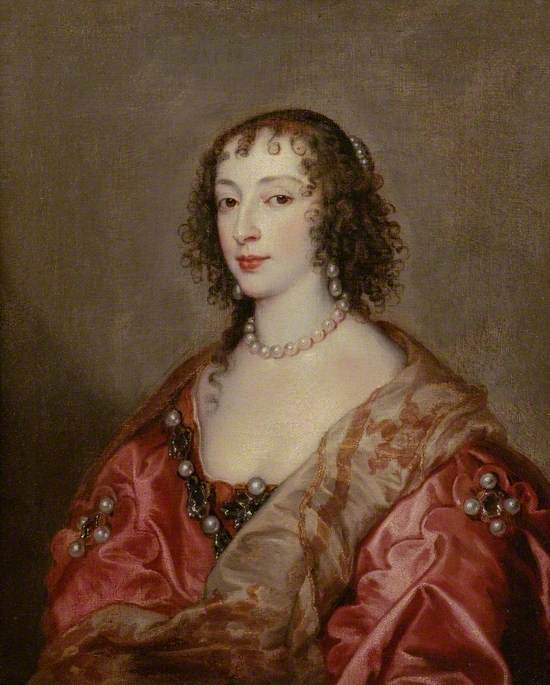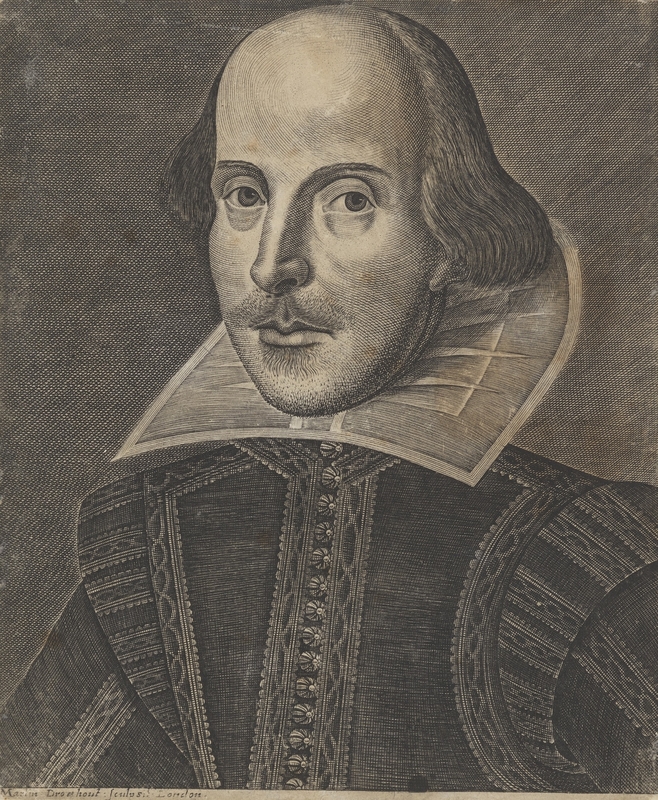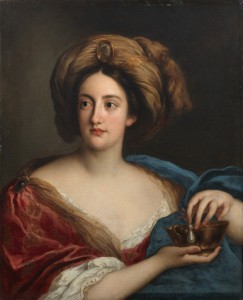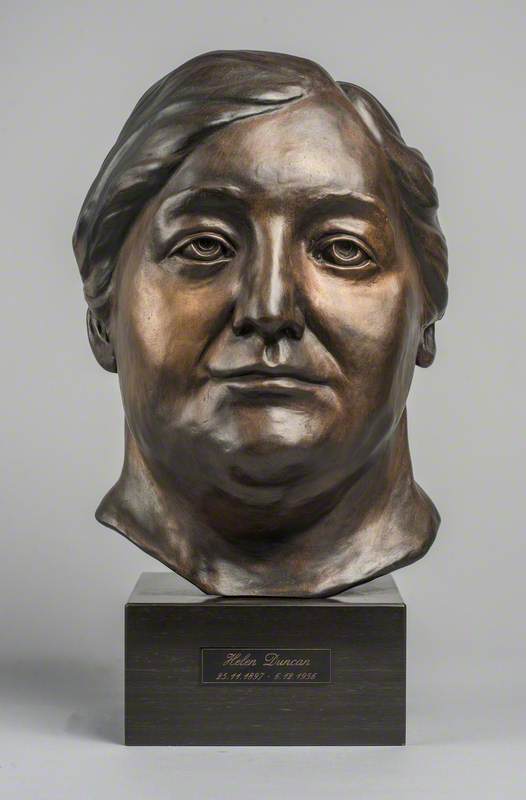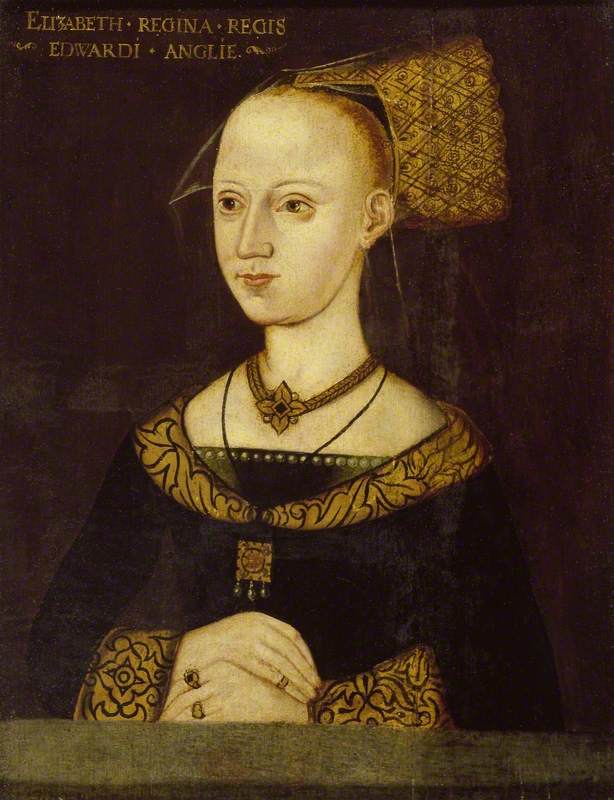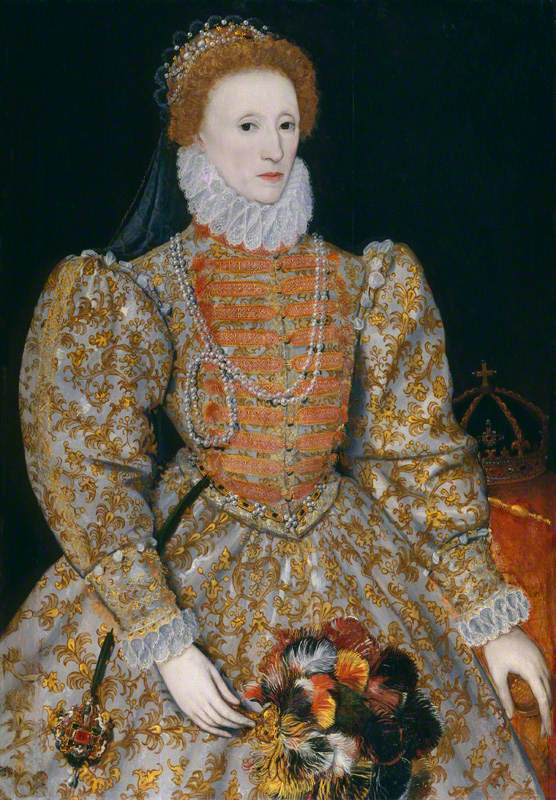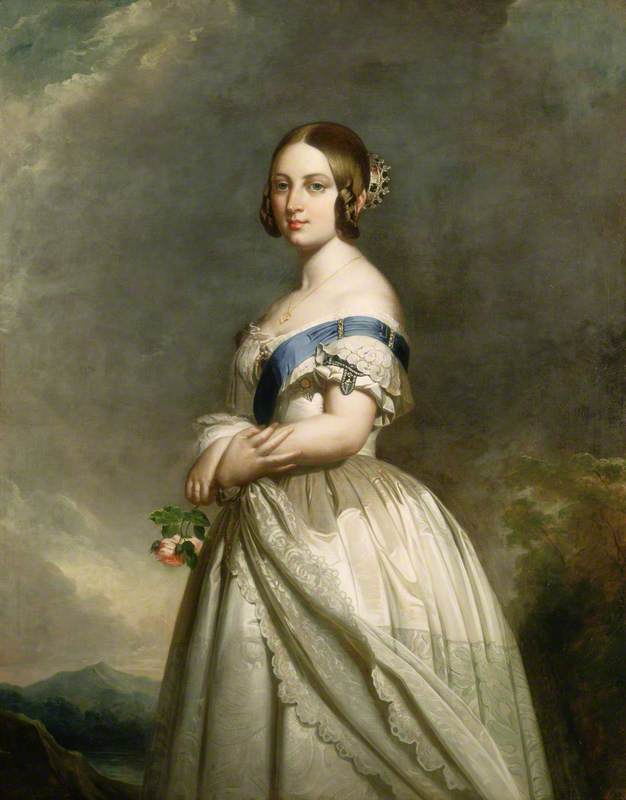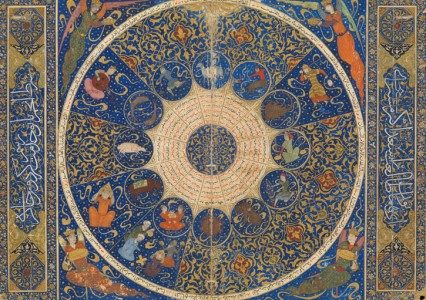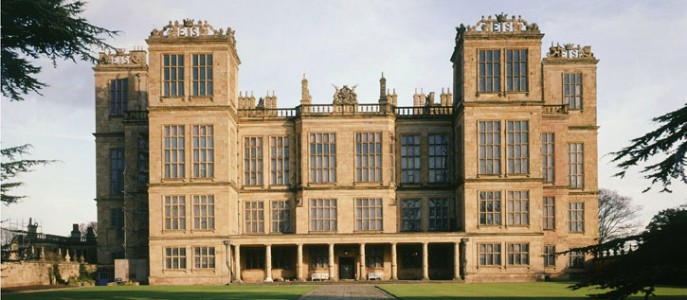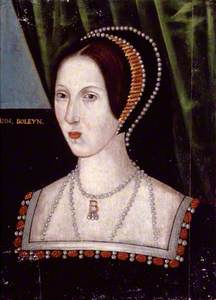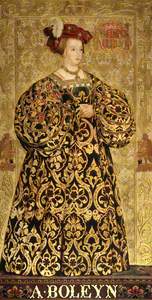Not many queens have intrigued and fascinated so many people over so many centuries, but Anne Boleyn is definitely one of them.
With the upcoming three-part miniseries revisiting Anne Boleyn's fall and the final months before her execution, one thing is certain: the thirst for knowledge regarding the queen has never been stronger. The real originality of this show, however, is the fact that – for the first time on screen – Anne Boleyn is being portrayed by a brilliant, talented, Black actress: Jodie Turner-Smith.
Here’s the exclusive #AnneBoleyn trailer!!! Our new three part series staring @MissJodie is coming soon to @channel5_tv #jodieturnersmith #Queen pic.twitter.com/M2FKg68Khm
— Fable Pictures (@fablepicsuk) May 14, 2021
Beyond the colour of someone's skin, it was the sheer talent of the actress and the desire to show Anne Boleyn in a new light that inspired the commissioners of the show to make this bold and much-needed decision.
But what did Anne Boleyn actually look like?
What we know for sure comes from the contemporary depictions we have of her. We know, for instance, that she was rather tall by sixteenth-century standards, that she had black hair and brown eyes, and an oval face and olive skin. Her most famous portrait is probably this one, in the collection of London's National Portrait Gallery.
This portrait has inspired so many artists to reproduce it, each one giving their own take on it – and sometimes drastically changing Anne Boleyn's features.
If you compare this portrait to the original one, you can see that it is less flattering for the queen, whose eyes are smaller and less expressive. Her skin is also paler, creating a strong contrast with the darkness of her hair and eyes. The dress and the colours of the jewels adorning it, however, remain in similar colours – making it clear that this portrait was painted after the famous one.
Another painting based on the same portrait shows the queen in a totally different light – to the point where a viewer might wonder if it was even the same person at all...
The chin, the eyes, and the composition of the face are completely different from the first portrait, which is known as being the copy that is supposed to represent Anne the best. Even more drastically, the hair colour is totally different. Here, her hair is light brown in colour.
If you put these three portraits next to one another, without the references to Anne Boleyn at the top of the paintings and without her famous 'B' necklace, most people would agree that these are three completely different women – which illustrates the complexities of depicting people from the past.
The truth is, Anne Boleyn's image and representation has constantly changed and evolved over the centuries. Because of this fascination with the queen, many people have had their own take on what she looked like and what she represented: a victim for some, a witch for others, but a symbol of strength and resilience for most.
In this dramatic painting, Anne is depicted during her arrest. Wearing a golden dress that makes her the centre of attention despite her being on the far left of the painting, she looks shocked and ready to discuss the matter with the men trying to arrest her.
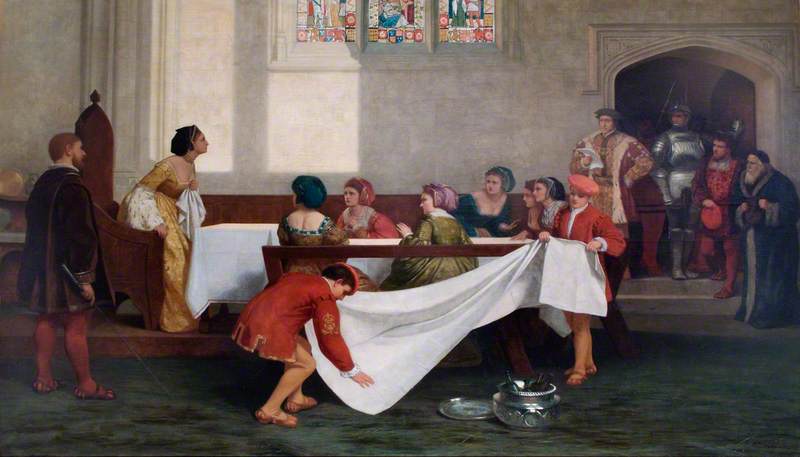
Image credit: Royal Armouries at the Tower of London
The Arrest of Anne Boleyn at Greenwich 1872
David Wilkie Wynfield (1837–1887)
Royal Armouries at the Tower of LondonIn another nineteenth-century reimagining, Anne Boleyn is depicted as a victim. Here she is dressed in white, probably to emphasise her innocence, but also in a posture that shows pure exhaustion and almost defeat.
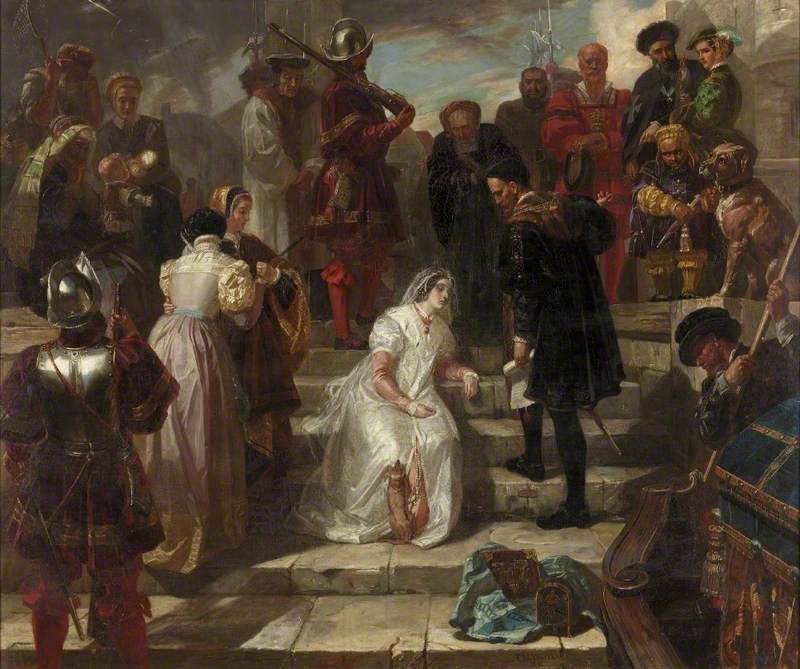
Image credit: Sunderland Museum & Winter Gardens
Anne Boleyn at the Queen's Stairs 1871
Edward Matthew Ward (1816–1879)
Sunderland Museum & Winter GardensOver the centuries, Anne Boleyn's hair has also changed drastically in paintings, going from dark to light brown, and even being portrayed as blonde in some instances.
In this painting dated 1865, where she is sitting next to Henry VIII, she is almost unrecognisable. It almost begs the question: is this really Anne Boleyn or is it another wife of Henry VIII's, perhaps Jane Seymour?
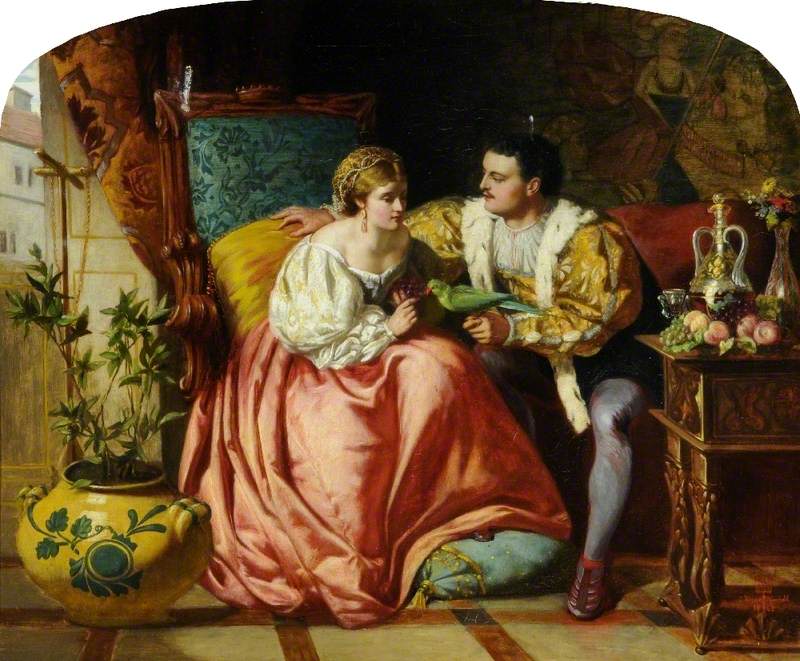
Image credit: Rotherham Museums, Arts and Heritage
La Jeunesse Dorée (possibly) 1865
David Wilkie Wynfield (1837–1887)
Rotherham Museums, Arts and HeritageWhat is recognisable in this painting is the closeness of the couple, yet the setting barely looks English. The artist – David Wilkie Wynfield, who was born in India in 1837 – chose to modernise the famous royal couple, even adding an exotic bird sitting on the king's hand.
Artists, playwrights, and writers have always taken liberties when portraying the past; it is part of their creative freedom that protects their right to imagine, create, and share their diverse cultural expression.
Here, Anne is blonde, and both the queen and king are certainly in a more exotic setting than rainy England. It also shows that their story still resonated in the nineteenth century.
In two other portraits, Anne Boleyn is depicted completely differently from the famous one, which is supposed to be more of a likeness.
In the first one, her headdress covers most of her hair – though it is possible upon closer inspection to see that her hair is not depicted as dark brown but rather a light brown, or even a dark blonde.
Her eyes also seem to be on the lighter side compared to the dark brown eyes depicted in ambassadorial and contemporary reports. The famous 'B' necklace has disappeared, and the vibrant colours of red, dark orange, and brown contrast even further with her fair skin – which was supposed to be olive.
In another portrait, painted in the eighteenth century, Anne is unrecognisable – if we are to believe and trust the other depictions of her.
She looks more exotic, and her nose is nothing like the straight, thin one seen in most of Anne's portraits. Her headdress is adorned with many pearls and the teal blue used is not a recognised royal colour, showing Anne in a new light: perhaps the woman behind the queen?
These different types of creative freedom have largely been accepted by the public, so what is the difference between changing someone's hair colour and contemporary dress, and changing someone's skin colour to be represented on TV? After all, historical fiction is as much a story of the past as it is a mirror of the present day.
More importantly – and whatever one might think – it is not the first time that Anne Boleyn has been played by someone not sharing her ethnic background or national identity.
In film and television, she has been played by a variety of well-known actresses including Clara Kimball Young, Merle Oberon, Joyce Redman, Geneviève Bujold, Charlotte Rampling, Vanessa Redgrave, Helena Bonham Carter, Jodhi May, Natalie Portman, Natalie Dormer and Claire Foy.
Anne has also had many different faces on stage, especially when it comes to opera. Donizetti wrote the lead role of his 1830 opera Anna Bolena for Giuditta Pasta, an Italian soprano of Jewish heritage. In 1957 the American-born Greek soprano Maria Callas portrayed Anne in Donizetti's opera. She brought the work back into the popular repertoire after a century of neglect. In 1958, Callas was succeeded in the La Scala production by the fabulous Turkish operatic soprano Ayşe Leyla Gencer.
Moreover, Gloria Davy, an African American soprano, was the first to play Donizetti's Anne Boleyn in New York, in October 1957, over 60 years ago! She performed the role at the New York premiere for the American Opera Society with Giulietta Simionato as Giovanna Seymour in performances at both Town Hall and Carnegie Hall. Rather remarkably, a bootleg recording survives:
The Australian dramatic coloratura soprano Dame Joan Sutherland played her in the 1980s, when she was 57 years old.
The talented Slovak coloratura soprano Edita Gruberová played Anne in 1994 and the American Angela Meade performed the role in 2011. The American Beverly Sills also portrayed her on stage many times, perhaps becoming the performer most associated with the role in New York.
In other words, so many faces and talents have embodied one of the most emblematic English queens of all time – regardless of their national identity, or the colour of their hair or skin.
When it comes to representation and performance, it is all about talent, and – with this in mind – we should all wait for the actress Jodie Turner-Smith to make the role her own. Without doubt, she will give a bit of herself to Anne, just like any actress or singer who has played the queen before.

Image credit: Parliamentary Art Collection
A. Boleyn (Anne Boleyn) 1854–1860
Richard Burchett (1815–1875) (circle of)
Parliamentary Art CollectionOver the centuries, Anne Boleyn's story has been shared countless times – and has had many faces. Perhaps she has become, to paraphrase the description of the similarly condemned Sir Thomas More, 'a woman for all seasons'. In the end, this just proves how much we are still fascinated with Tudor history and, in particular, with Anne's tragic and undeserved fate.
Estelle Paranque, historian and author
